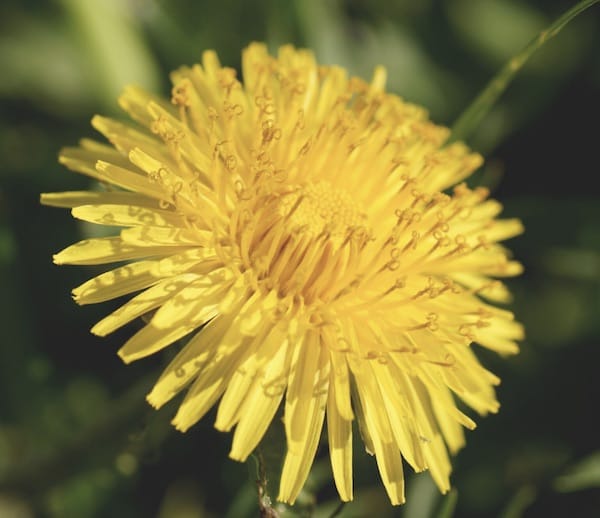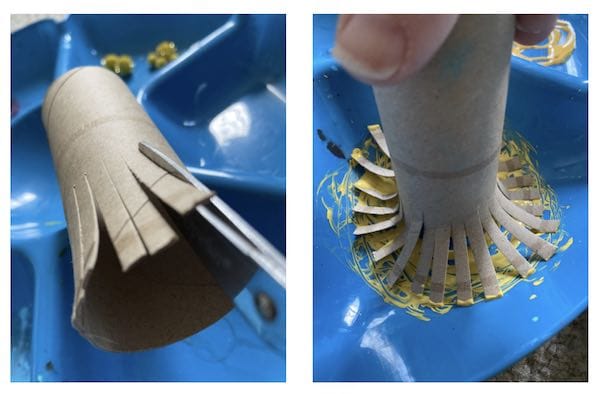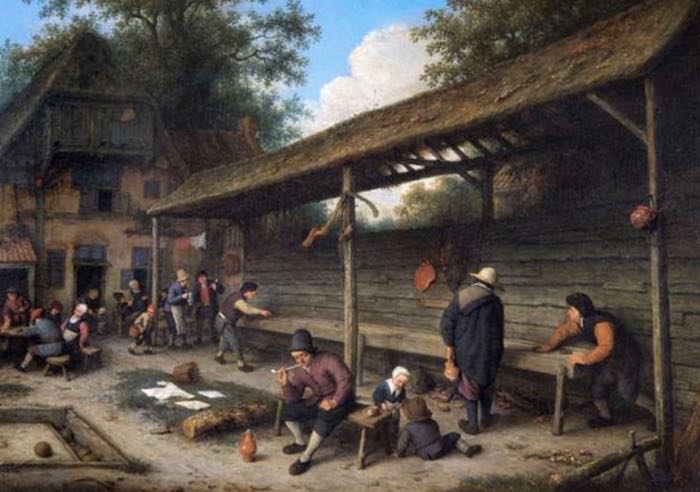THINGS TO DO IN SOUTHERN MARYLAND
If you’re looking for something creative and fun to do while safe at home this spring check this out…
 Did you know that dandelions are not native to the Americans? They were brought here by Europeans during the seventeenth century. During that time, they were thought to possess medicinal properties.
Did you know that dandelions are not native to the Americans? They were brought here by Europeans during the seventeenth century. During that time, they were thought to possess medicinal properties.
John Gerards Herbal, published in 1597, wrote of dandelions “upon every stalk standeth a flower greater than that of Succory, but double, and thick set together, of colour yellow, and sweet in smell, which is turned into a round downy blowball, that is carried away with the wind.”
The supposed medicinal properties? “Boiled, it strengthens the weak stomach, and eaten raw it stops the belly, and helps the dysentery, especially being boiled with lentils; the juice drunk is good against the involuntary effusion of seed; boiled in vinegar, it is good against the pain that troubles some in making of water. A decoction made of the whole plant helps the yellow jaundice.”
We do not endorse plant medicinals in 2020.
But guess what? We do have another craft for one of those toilet paper rolls.
 Supplies:
Supplies:
Toilet paper roll (empty)
Paint (be creative, this can be any color)
Paper
Scissors
Instructions:
Take an empty t.p. roll
Cut slits about one inch up from the bottom and all the way around. These will be creating your “puffs” so make them around 3 cm. apart
Once finished, separate the slits
Put the paint onto a paper plate, or something that you can really spread it around on
Dip the tp roll into the paint (slit side) then make quick little marks on your paper



